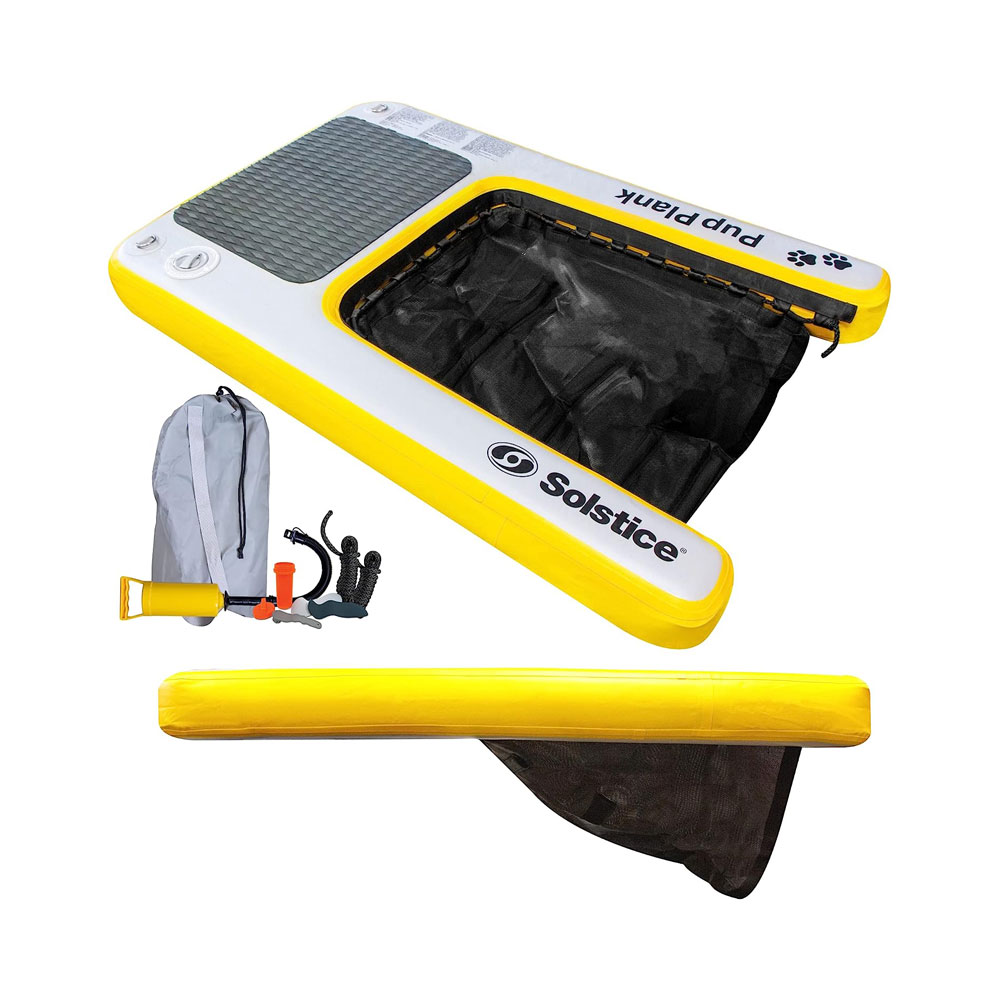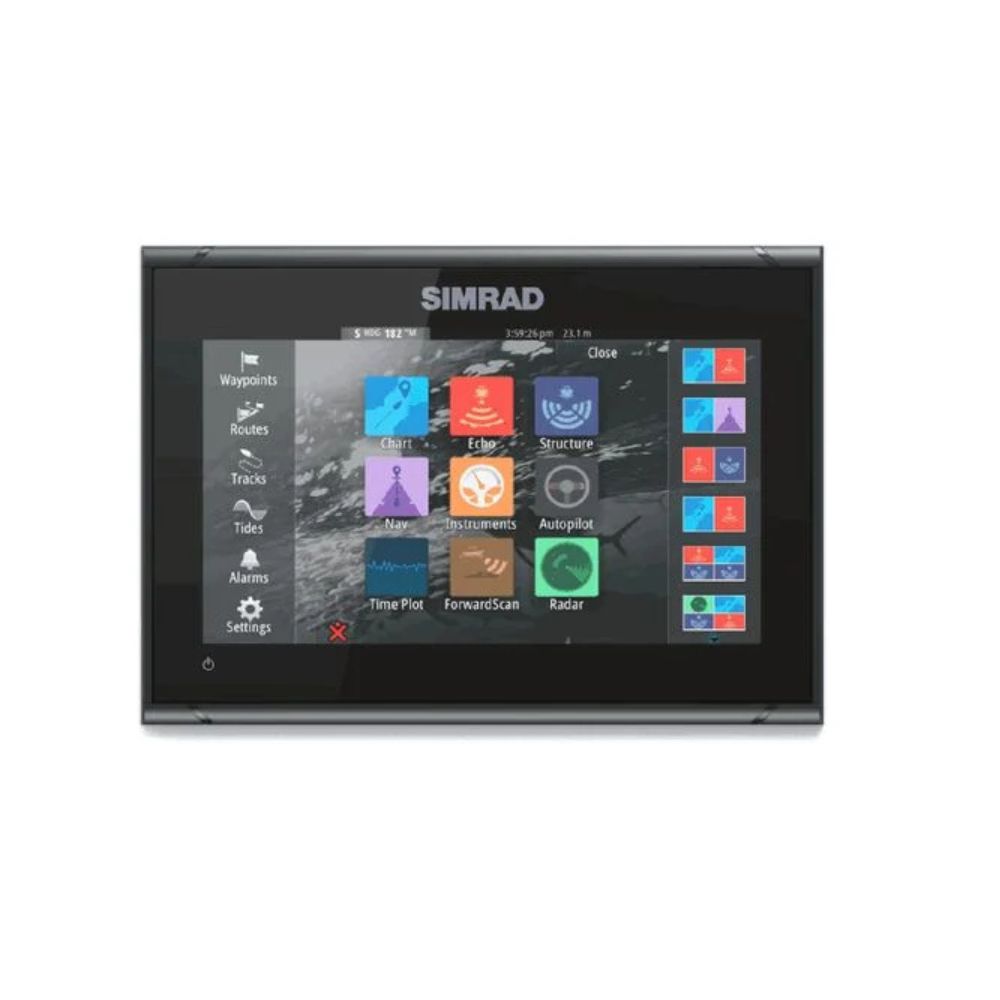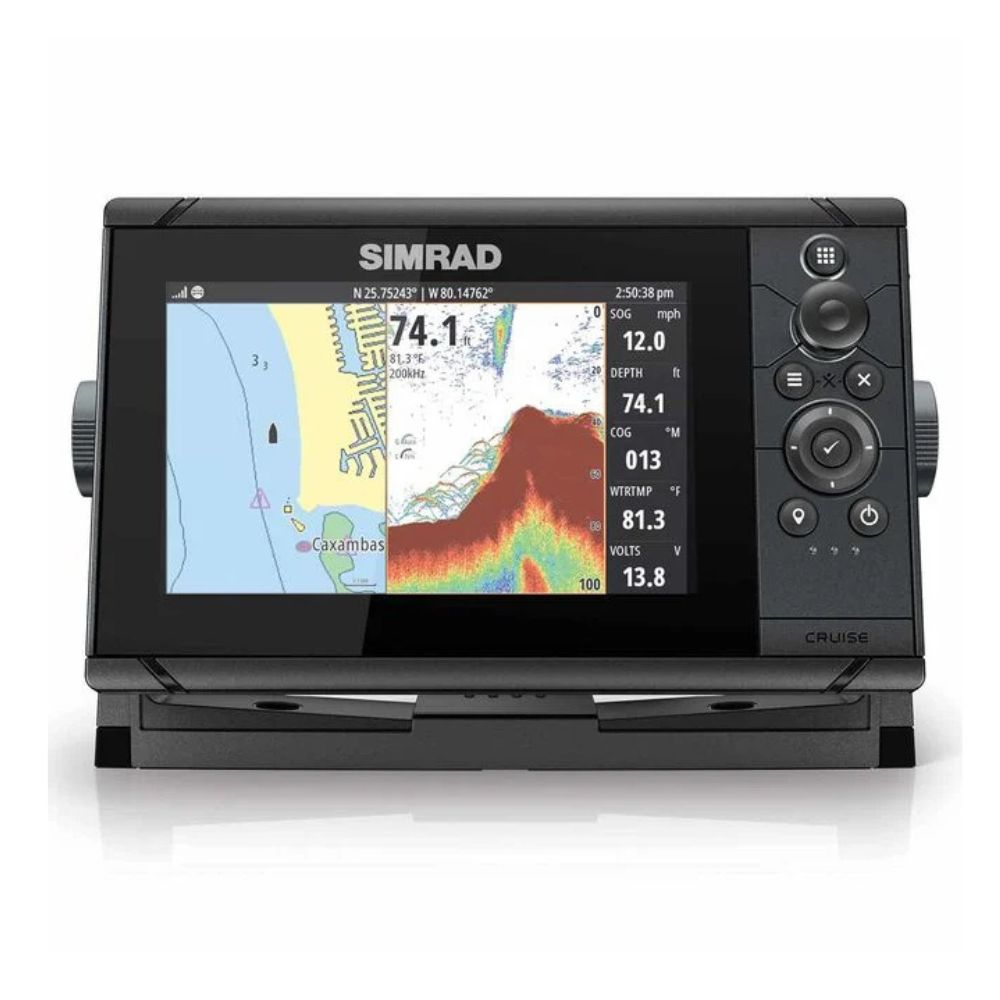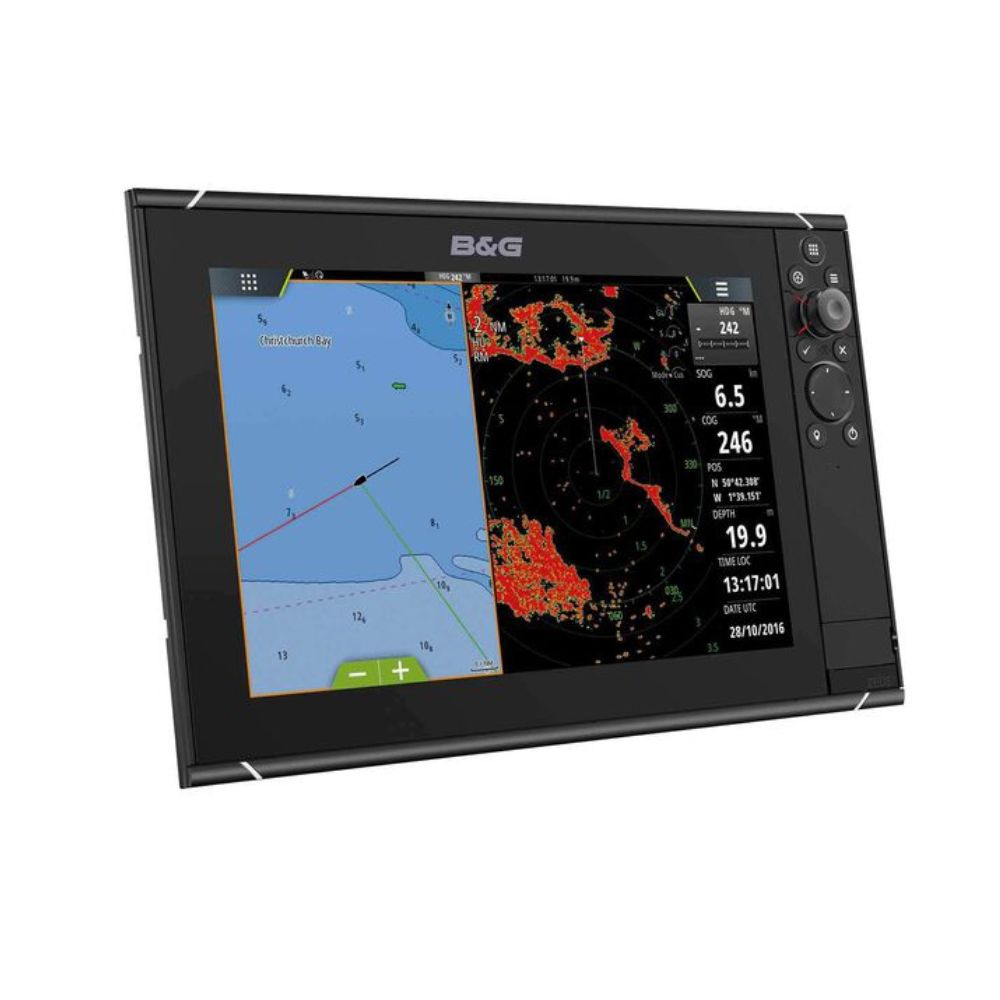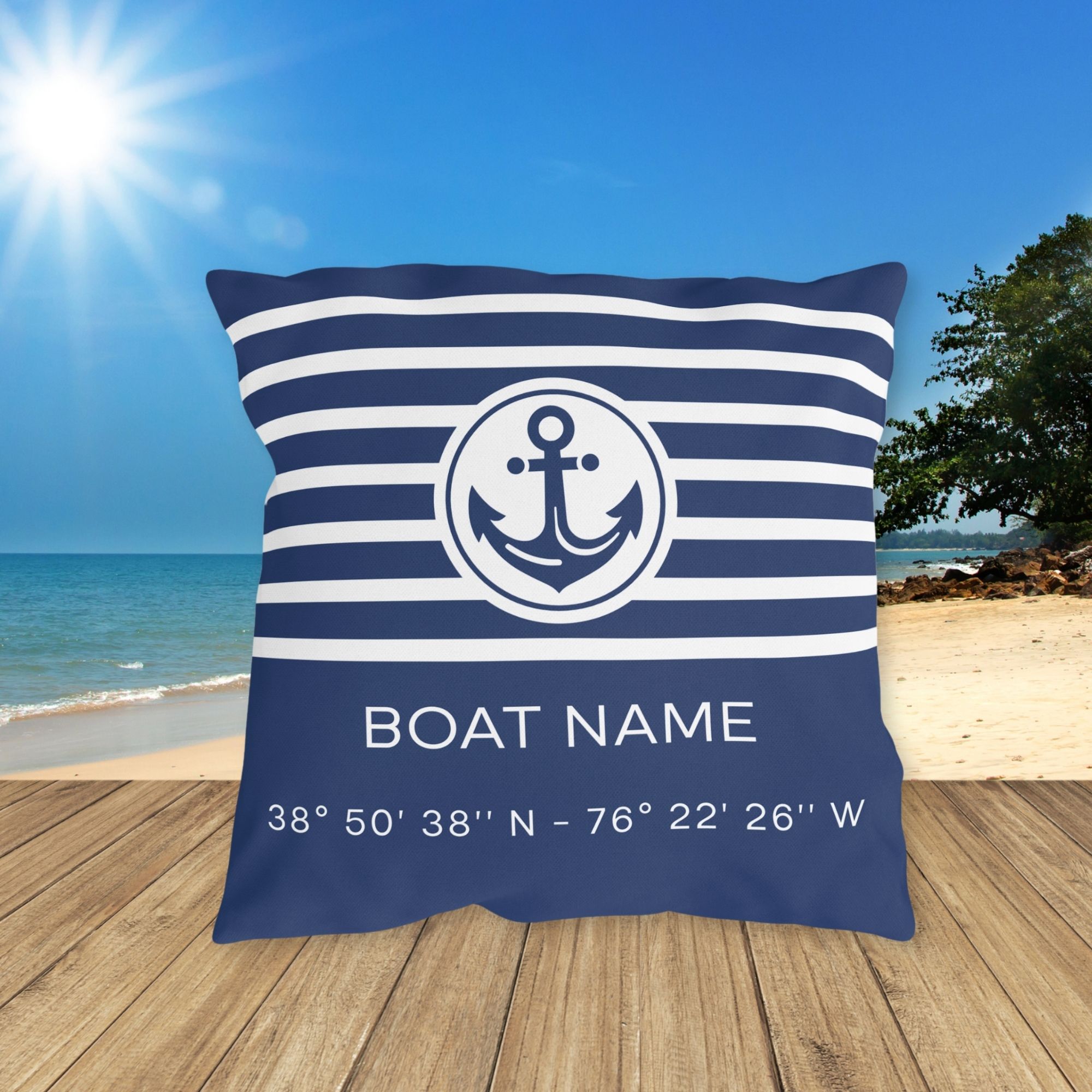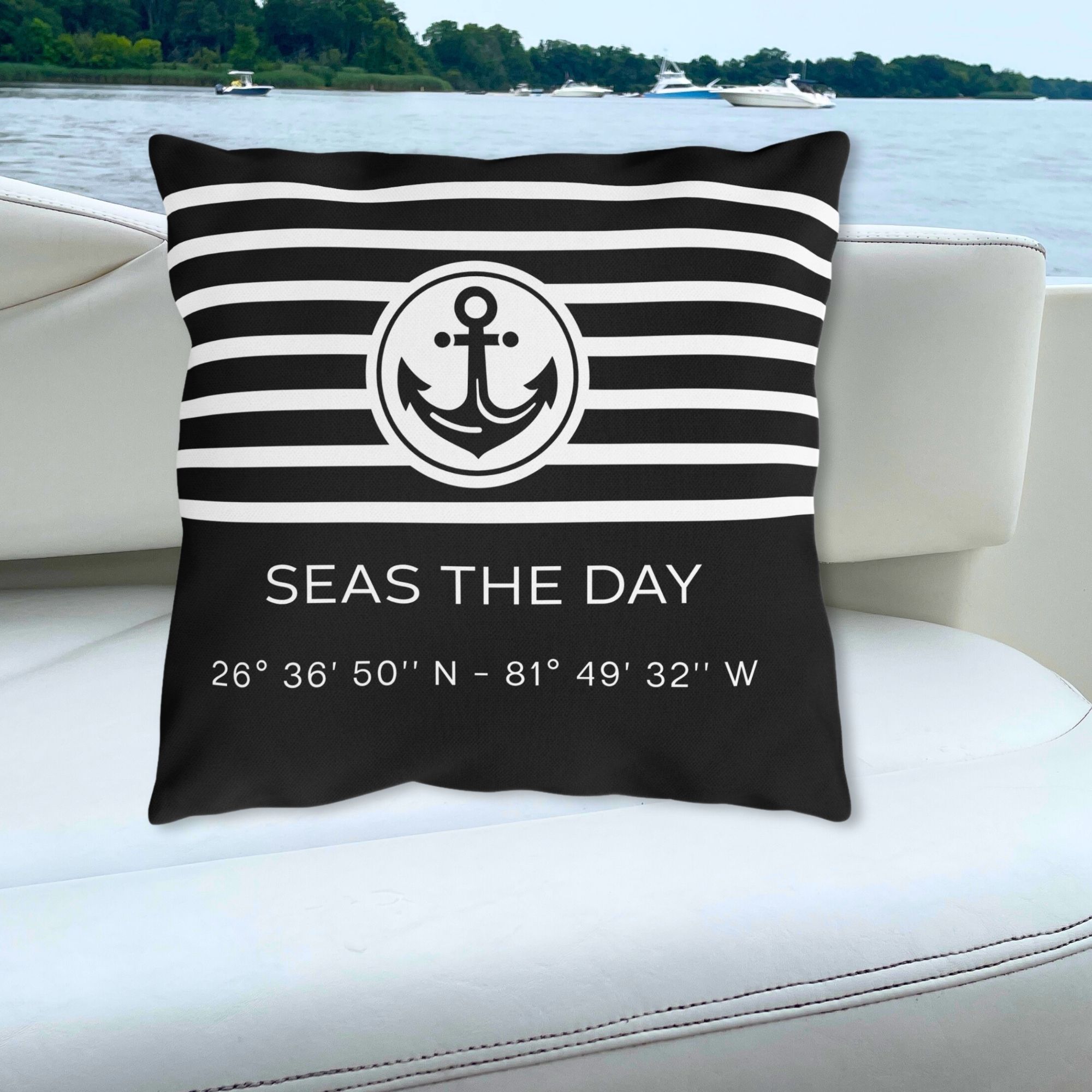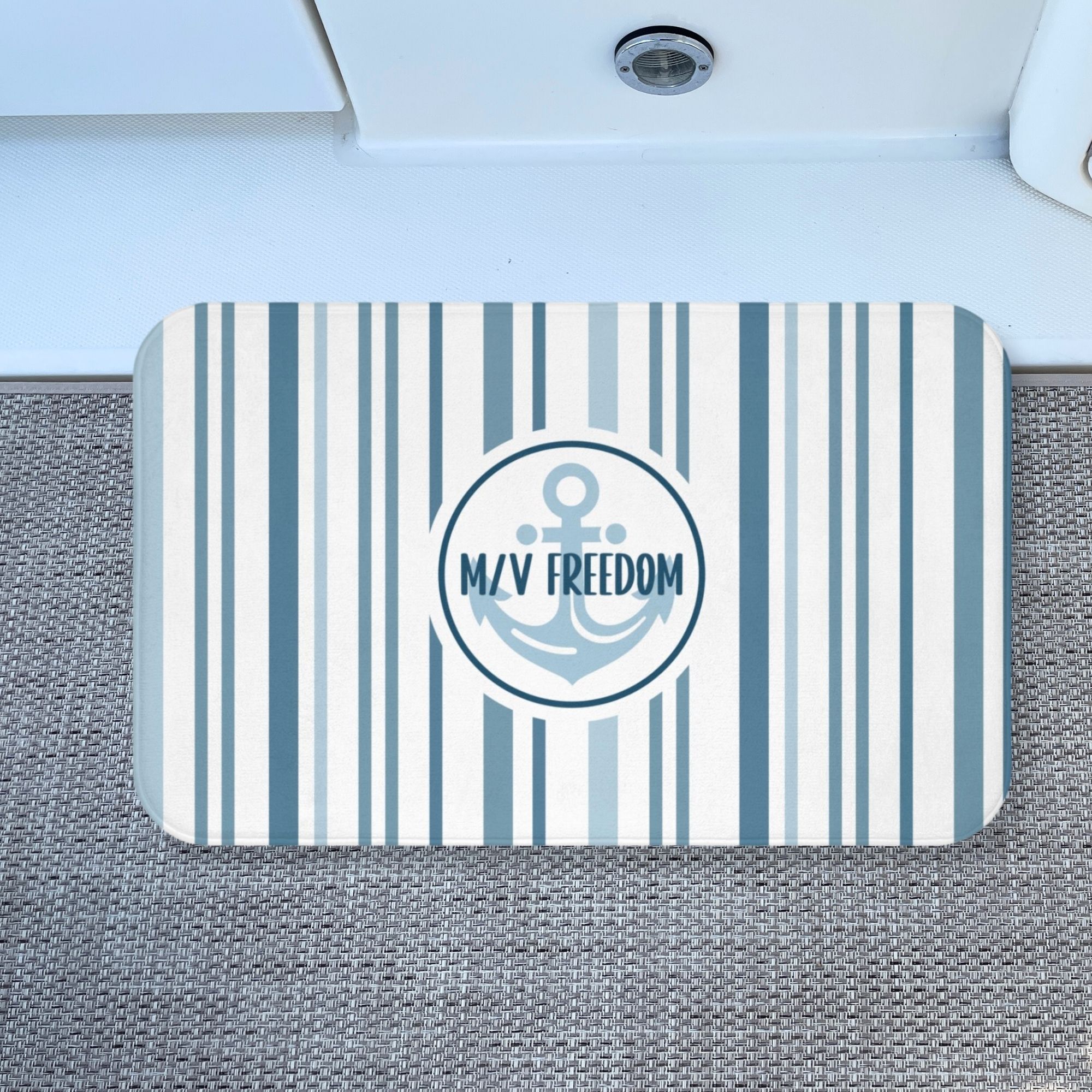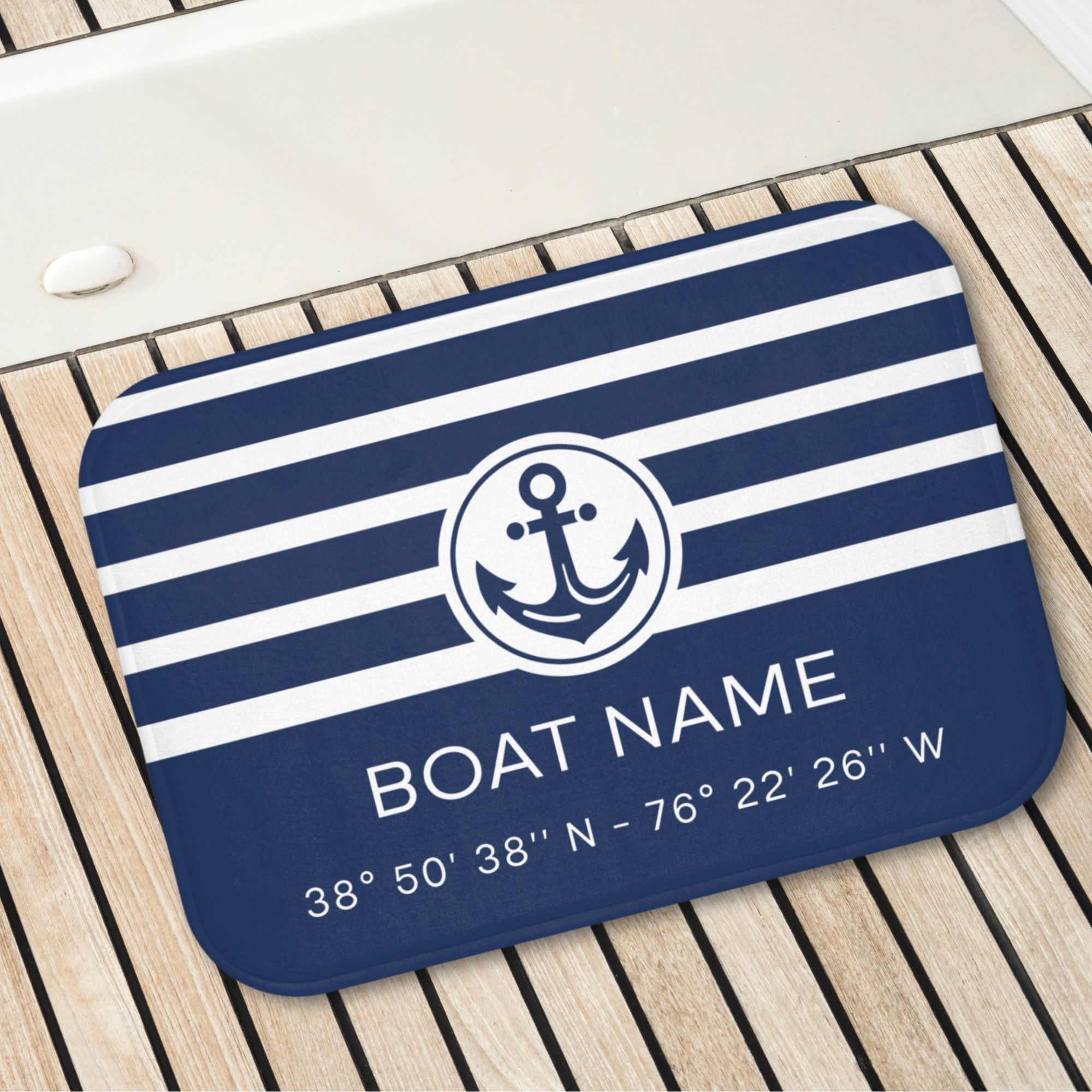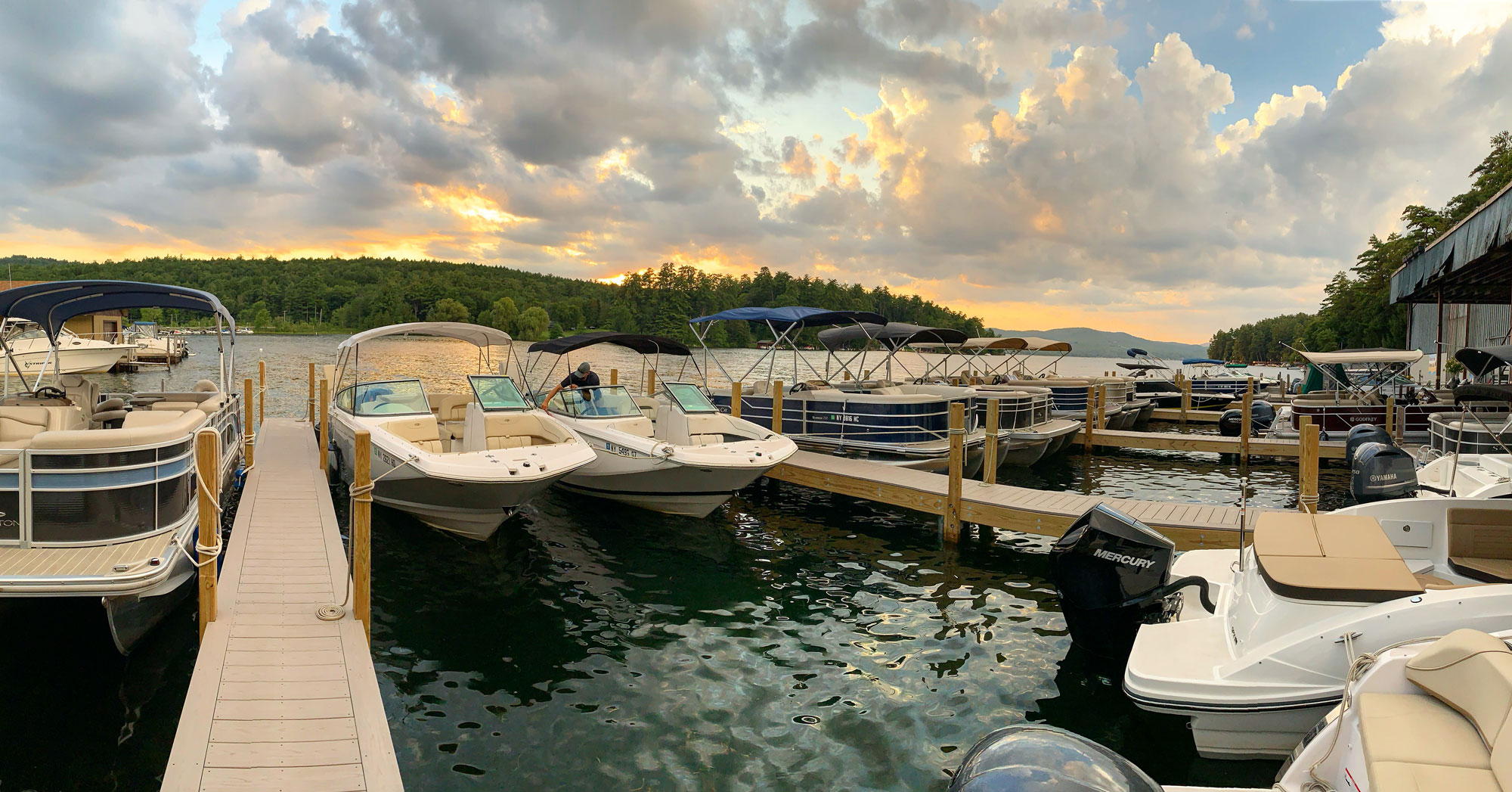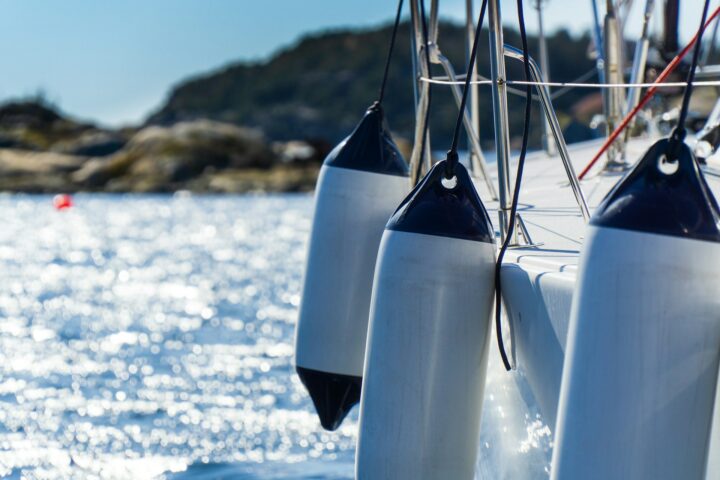
Sometimes decent vision and a few functioning brain cells are all you need.
For sailors and power boaters alike, understanding marine weather conditions is vital to your safety on the water. You need to be able to assess changing weather patterns and adapt float plans accordingly.
When it comes to predicting conditions for boaters, there are a number of resources that can be used to forecast the weather:
However, I’ve found that using my eyes combined with some basic knowledge can often provide enough information in order for me to assess immediate and near-term marine weather conditions.
The first practical use of visual assessment of weather conditions was the Beaufort scale, developed in 1805 by Sir Francis Beaufort of the Royal Navy.
The truncated chart below lists the numerical “force” of the wind as identified by Beaufort, with the corresponding wind speed, and the appearance of the sea under the wind conditions.

As one might observe, this can tell you what the weather is, but not necessarily what it will be.
When considering weather effects, we have to consider both the micro-scale and the macro-scale. The so called “sea-breeze” is an example of the micro-scale and is a convection wind caused by the sun heating the land and the water.
In the morning the sun heats the land faster than the water, the air rises over the land, drawing in air from the water to create an on-shore breeze.
In the evening, as the sun sets, the land cools faster than the water, so that the air rises over the water, pulling air from the land, creating an off-shore breeze.
Warm and cold fronts are examples of the macro-scale, with high or low pressure systems creating weather patterns over a large area.
When sailing on the east coast of the US, there are some general rules that can be used to make informed decisions based on macro-scale weather patterns:
Barometer
- Average barometer readings can vary by region. In the Chesapeake region, a high barometer reading is about 1033 millibars, a low reading is about 999 millibars, while an average reading should be approximately 1013 millibars
- A steady falling barometer indicates foul weather approaching
- A steady rising barometer indicates better weather approaching
- The worst wind often arrives immediately after the barometer begins to rise after a low
Wind Direction
- If the wind changes in a counter-clockwise direction, it is called a “Backing Wind” and is a precursor to bad weather
- If the wind changes in a clockwise direction, it is called a “Veering Wind” and is a precursor to better weather
- If you stand with your back to the wind, then the low pressure system will be on your left and the high pressure system will be on your right
Clouds
High wispy cirrus clouds are called “Mare’s Tails” and often indicate the approach of a weather system. These precede a front by about 12 to 24 hours

Lowering clouds that form clumps and look like fish scales are called “Mackerel Skies” (altocumulus clouds) and often indicate that the approaching weather system is 6 to 12 hours away

Traditional Marine Weather Rhymes that Often Prove True
Red Sky in Morning, Sailor Take Warning
Red Sky at Night, Sailor’s Delight
Rainbow to Windward, Foul Fall the Day
Rainbow to Leeward, Rain Runs Away
When Halo Rings the Moon or Sun, Rain’s Approaching on the Run
Clearly, ignoring the predictions and warnings of the National Weather Service is tempting fate. However, I know that I’ve been caught in either too much or too little wind based on the unerring belief that computer models can’t be wrong.
Paying attention to the visual ques that are around us on the water has proven its value to me.
References:
Parker, C. Coastal and Offshore Weather: The Essential Handbook with Emphasis on the Bahamas (5th ed.). Lakeland, FL: Bel Ami, 2013.
Vigor, J. The Practical Mariner’s Book of Knowledge (2nd ed.). New York, NY: McGraw Hill, 2013.
Trending Now: Must-Have Boat Gear for Your Boat Life
Trending Now: Custom Boat Decor
-
Boat Pillow with Boat Name & LAT LONG Coordinates
Quick ViewBuy on Etsy -
Boat Pillow with Boat Name & LAT LONG Coordinates- Black
Quick ViewBuy on Etsy -
Coastal Blue Stripes Bathmat with Anchor & Boat Name
Quick ViewBuy on Etsy -
Custom Boat Mat with Boat Name & LAT LONG Coordinates
Quick ViewBuy on Etsy
Disclosure: This site may contain links affiliated with companies where we receive compensation. Also, as an Amazon Associate we may earn from qualifying purchases we refer but it does not impact the price you pay. Full disclosure policy.

